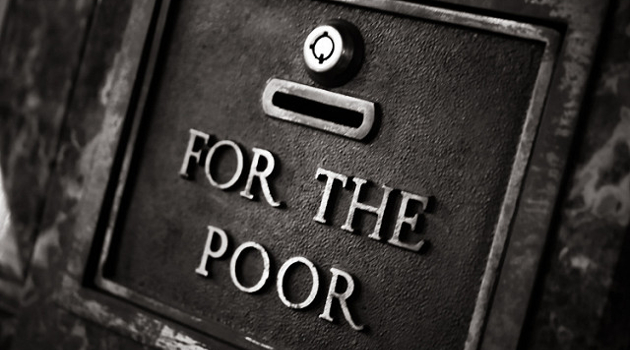There are divisions of the right between small-government conservatives, reform conservatives, common-good capitalists, nationalist conservatives, and compassionate conservatives.
There are also divisions on the left, as illustrated by this flowchart, which shows the Nordic Model (a pro-free market welfare state) on one end, and then different versions of hard-core leftism on the other end.

I’m showing these different strains on the left because it will help decipher the editorial position of the Washington Post.
I cited one of their editorials a couple of weeks ago that had some very sensible criticisms of a wealth tax. But it also embraced other class-warfare taxes (higher capital gains taxes and more onerous death taxes).
In other words, the Washington Post is on the left, but not as crazy as Bernie Sanders or Elizabeth Warren.
Now we have another editorial from the Post that illustrates this distinction.
The bad news is that the editorial (once again) endorses class-warfare tax policy.
…inequality of wealth is a serious problem in the United States. …to an unhealthy degree, wealth in the United States is being gained through unproductive activity — “rent-seeking”… Well-designed government interventions can reduce inequality from the top down, through more aggressive taxation of capital gains and estates… …everyone, poor and rich, has a lot to gain from curbing wealth inequality. The policies that can achieve that goal are neither radical nor complicated.
The good news is that the Post understands that there are serious consequences of going too far.
What remains to be considered are the counterarguments. …could a more aggressive attack on wealth inequality undermine incentives and result in an economic pie that is smaller and, inevitably, more difficult to distribute? If too aggressive, of course, at the bottom of that slippery slope lies Venezuela’s bankrupt socialism.
I suppose I should be happy that the editorial acknowledges the danger of hard-core leftism.
But my concern is that going in the wrong direction at 60 miles per hour still gets a nation to the wrong destination.
Yes, going in the wrong direction at 90 miles per hour gets to Venezuela even sooner, so I’d rather delay a very bad outcome.
That being said, it would be nice if the Washington Post (or any other rational leftists) drew some lines in the sand about limiting the size and scope of government.
- For instance, would they agree that top tax rates should never exceed 60 percent?
- Or that the burden of government spending should never exceed 50 percent?
Both numbers are far too high, of course, but setting some sort of limit would at least show that there is some long-run difference between the rational left and the AOC crowd.
Let’s conclude with some extracts that show why I’m worried that the Post will always be on the wrong side. After acknowledging that there are risks of going too far to the left, the editorial tell us we shouldn’t worry about going that direction.
In fact, too much inequality can undermine growth, too. …the perpetuation of steep inequalities, over generations, can turn into a drag on output…by wasting the potential of those who might have acquired skills or started businesses if not consigned by poverty to society’s margins. …extreme inequality fosters demands for populist policies, which, in turn, damage growth.
To be fair, the Washington Post is at least semi-good on the issue of school choice, so I take somewhat seriously their concerns about not wasting potential.
And it’s also worth noting that the editorial understands that populist policies (which presumably includes lots of anti-market nonsense such as protectionism) would be misguided. Though I’d feel much better about that part if the editorial recognized the difference between moral and immoral inequality.
P.S. The core problem is that our friends on the left don’t appreciate that low-income people will be better off if the focus is on growth rather than inequality.
———
Image credit: Steven Depolo | CC BY 2.0.



